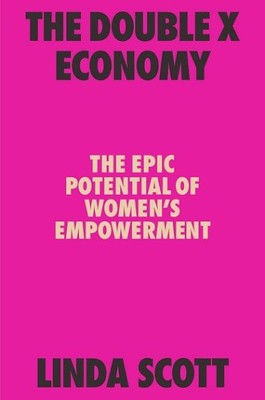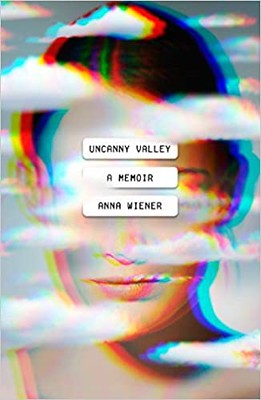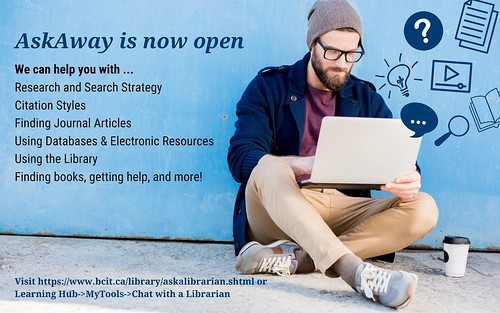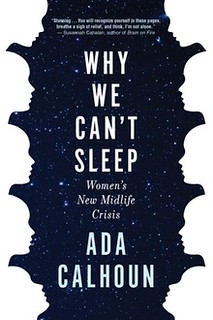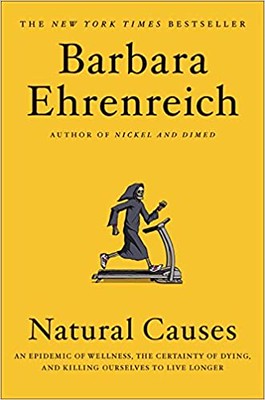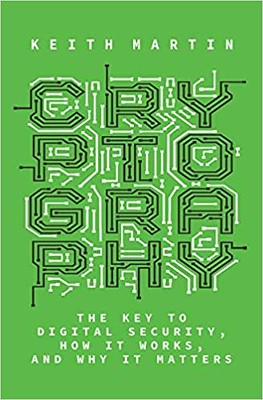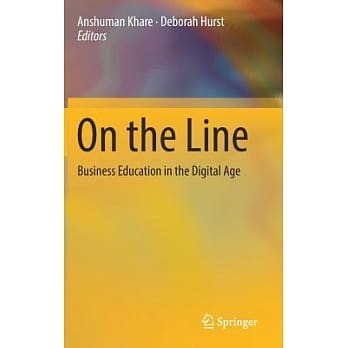by Glenice Lilje
A Series of Unfortunate Events
From the first sparks of fire to the billionaire space race of today, there is no denying that we humans have come a long way. I am always in awe when I think about all the conveniences and advances that I have experienced during my time on this planet. I can still recall getting our first family computer, playing games on an 8-inch floppy disk and learning to type with Mavis Beacon. Today, I can order groceries on my smartphone and have them delivered to my doorstep by the end of the day. Amazing!
With all of our advancements, there have been many, many failures along the way (Think: The Titanic). Here a few books from our collection that highlight some of the hits and misses throughout the years.

Dopesick: Dealers, Doctors and the Drug Company that Addicted America by Beth Macy, 2018.
Beth Macy walks us through the last two decades of America’s struggle with opioid addiction and its heartbreaking trajectory. The author investigates the dominant forces that led the medical industry to embrace overtreatment with painkillers and the powerful hold OxyContin has had since its debut in 1996. Macy takes experiences from families, communities and first responders that have been affected by this national crisis and interlaces their stories with the dark histories of corporate greed and regulatory indifference.

The Great Pretender: The Undercover Mission That Changed our Understanding of Madness by Susannah Calahan, 2019.
Mental illness has always been tricky to define, diagnose and treat. In the 1970’s, a Stanford psychologist and seven sane, well-adjusted people went undercover into asylums around America to test the legitimacy of psychiatric diagnoses and treatment. Forced to remain inside until they can prove that they are “sane”, each member emerged with shocking diagnoses and disturbing stories of their treatment resulting in the shutting down of some institutions and changing mental health diagnosis moving forward. Susannah Calahan provides a well-crafted real-life detective story that proves that very little is what it seems and makes us wonder what else may be going on behind closed doors?

Humans: a Brief History of How We F*cked it All Up by Tom Phillilps, 2018.
Since the dawn of man, humans have certainly come a long way. Advancements in art, technology, culture, science. On paper, we are at the top of the food chain. But if you take a look at the fine print, it wasn’t always the smoothest ride to get to where we were today. Let’s just say that with every trailblazer, there is a long list of “f*ck ups” along the way. From Chairman Mao’s Four Pests Campaign, to the American Dustbowl and the Austrian army attacking itself one drunken evening. As a species, humans has not appeared to have grown wiser with age. Next time you are feeling down for screwing something up, pick up this book as a reminder that things could be A LOT worse.
